Homeschooling is perfect place for wrigglers and movers to learn! Somehow we have learnt that in the so-called “perfect education world” young children should sit still, rapturously attentive, quietly absorbing, and only responding “normally” as expected, but guess what, most young kids just can’t sit still, keep quiet for long or respond only in the way that they “should”.
As a first-time mom I remember feeling a sinking, cold self-consciousness when my young 2-year-old daughter, stood and danced around instead of sitting and beating her little wooden sticks on drums exactly as suggested during a toddlers workshop. But a wonderful wise mother shared her wisdom and she gently reminded me to let my child express herself, be herself and enjoy the learning experience. I needed this encouragement, because, in my idealism and ignorance, I thought my child was not learning the way she should.
Moving on a many years later, when I started to homeschool my youngest daughter, I realised that I had a “wriggler” who just couldn’t sit quietly while she listened and learnt. So instead of frustrating her, I allowed her to hang upside down when she listened to read alouds. I gave her space to move and act out the nursery rhymes in order to remember the words. If she wiggled and squiggled on her seat when she faced some sort of challenge, I encouraged her to rather go jump on the mini trampoline for a minute to bounce the jittery anxiety out of her system. She needed to move and stand on her chair to recite her poems, and she had to act out her memory verses. She whispered and talked to herself while she worked on her studies. She was learning! She just had to move in order to do so.
Educationalists call the wiggly-need-to-move-in-order-to-learn-kids kinesthetic learners. But essentially all young children need to move their bodies to learn. That is why action songs are so popular with toddlers and young children This is why young kids need concrete things to use and play with as they learn.
Make provision for your young child’s wiggles!
Here are 30+ practical tips and activities ~
- Keep your lessons short and sweet — Thank you Charlotte Mason! Young children have about a 10-minute attention span. Lessons that are any longer may cause their wiggles and frustration to build up.
- Give them permission and redirect their energy towards specific physical activities such as jumping or skipping with a rope, but use a timer or just one song before they quickly return to their seat to work.
- Alternate seat-work lessons with physical lessons. e.g.: Stand and clap and actions for Bible song — sit for Bible story. Jump and skip-count on the mini trampoline — then sit to do Maths lesson. Arrow bean bag game on the mat — then Handwriting lesson. Quick hopscotch — then Spelling or Phonics lesson. Tea time and gross motor activities outside — then cuddle on the couch for read aloud. Do a hands-on activity while listening to a long chapter read aloud. This variety will also prevent boredom and meltdowns.
- Place a mini trampoline in the school room and encourage quick bouncing just before fine motor work such as handwriting, or difficult mental work such as maths or spelling. Let them jump and call out their skip counting as a fun maths drill, or spell out loud as they jump. Just 30 seconds on a timer and them back to the seat to start the next activity.
- Use a gym ball instead of a chair for seat work. Make sure that it is the correct height – that they can sit with their feet flat and knees bent at 90 degrees and that their elbow can be placed flat on the table at 90 degrees. The ball stimulates core and balance muscles and allows constant movement and regulation. Obviously don’t allow wild rocking. You can place the ball inside a small hoop to prevent the ball rolling away when they stand up.
- Provide a balance pillow for your child’s seat. You can also use this for balance games on the floor. A balance pillow also stimulates the core muscles and tiny movements for balance.
- Use a rubber flexaband (exercise band) as a foot rest on their seat (scroll down to see the example photo on my Handwriting page). This is great if the chair is slightly too high for them to place both feet on the floor. They can stabilise their core and still enjoy the sway, bounce or resistance of the band under their feet.
- Place a foam rubber mat on the play area floor for other physical games such as sit ups.
- Use bean bags for tossing, throwing, balancing, placing in directions with the arrow chart.
- Sing action songs that encourage clapping and actions.
- Use a timer on a phone or desktop computer to regulate seat work or the quick, fun activities.
- Provide a bottle of water to sip during learning. Many kids need to sip water to calm and help them focus when learning new or difficult work.
Use manipulatives for Maths, Phonics, Handwriting & Spelling~ 
- Use Maths wheels and Maths counting, shape and block apparatus to learn Maths concepts, practice drill work and solve Maths problems,
- Make flashcards, sliding strips or folding flap books for phonics and spelling.
- Use sandpaper for young children to trace over letters when learning to write.
- Use hula hoops, ropes and balls to create huge letter shapes on the floor.
- Use puzzle pieces, cutouts, felt board shapes & letters, white boards, magnetic letters or Scrabble tiles for spelling and phonics.
- Do hands-on activities while listening to read alouds or learning their lessons.
- Let them build models, make 3D models or maps.
- Create dioramas.
- Draw and colour in and then turn these illustrations into finger puppets.
- Use Legos or bakers clay to create objects related to the theme.
- Go on field trips and educational outings wherever possible.
- Let young children play with playdough or Lego while listening to stories or lessons.
- Print and paste a coloured picture related to the story or theme onto some cardstock and cut this into puzzle shapes. Let your child build puzzles while listening to read alouds.
- Do Science experiments and provide equipment and strategies for your child to lead their own investigations.
- Provide a nature study kit & journal and encourage daily time for exploration outdoors in nature.
- Use a globe and atlas when studying Social Studies and Geography. Let your children pin and mark a large map on display.
- Use dress-up clothes and encourage your child to act out stories, plays and poems in Social Studies or Literature. A basket with some long skirts and bonnets, aprons, hats, cloaks and waistcoats provides endless options and most young children love to act!
- Video record your child and play the movie back so that they can enjoy their re-enactments and plays.
- Read and download or order my 100+ Narration ideas booklet. This Ebook contains stacks of different activities that would suit kinesthetic learners!
Outdoor Gross Motor Activities~ 
- Stimulate vestibular activities (the brain’s ability to track spatial movement) and encourage your child lie and swing in a hammock or sit on a swing. Encourage both the forward and back and sideways movements as well as hanging upside down or on their tummies.
- Play some physical games in between lessons which require lots of physical effort such as wheelbarrows — where mom hold their feet and the child walks on their hands across the room.
- Throw and catch and roll and kick balls. Add a variety of different types of balls for these games such as large beach balls, soft squishy balls or bouncy balls.
- Teach them to skip and let them skip and call out maths counting or rhyming skipping songs.
- Draw chalk hopscotch or chalk ladders on your patio floor for obstacle courses or hopping and balance games.
- Do some brain gym exercises especially actions that cross the mid-line.
- Ensure regular play time using a jungle gym and include monkey rings, ropes, slides and ladders. Encourage lots of gross motor activities every day.
Homeschool is the perfect place to allow your child the freedom your child needs to move in order to learn and to work off their natural energy and excitement.
Don’t worry that it may seem that your child may never learn to sit still. As they mature, your child will gradually learn to self-regulate and control themselves more and more. In fact, these days, many modern offices have standing desks, walking treadmills and open plan spaces for movement so that employees are encouraged to move more while working!
However, if you believe that your child has real concentration and/or behavioural issues, I highly recommend that you consider taking your child to an occupational therapist for an evaluation. They often suggest fun exercises and play strategies to use at home and school. If your child requires sessions with the OT, just remember that the therapy sessions are not forever. In almost all cases, as your child improves they will no longer need ongoing therapy.
Mom, you are your child’s best advocate and facilitator. Your job is to find what works for your child and to encourage them to learn in the way that suits them best. Be encouraged when your child is different! This “different child” is exactly what the Lord planned as His best instrument to shape and change you. He wants you to learn to love what is, to love unconditionally and to love without needing to change the other. This is a work of grace.
So, breathe in and out slowly and deeply, and then trust the Lord to show you what your child needs right now and ask Him to show you how to support and encourage your wriggly child!
And don’t forget to have fun! Your child certainly is having fun!
Blessings and much grace, Nadene
Here are some more ideas on the web ~


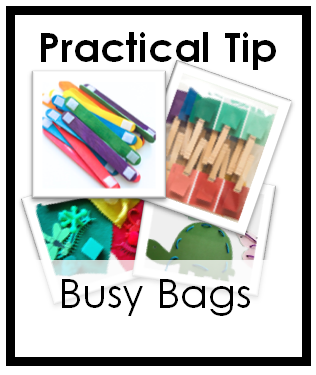









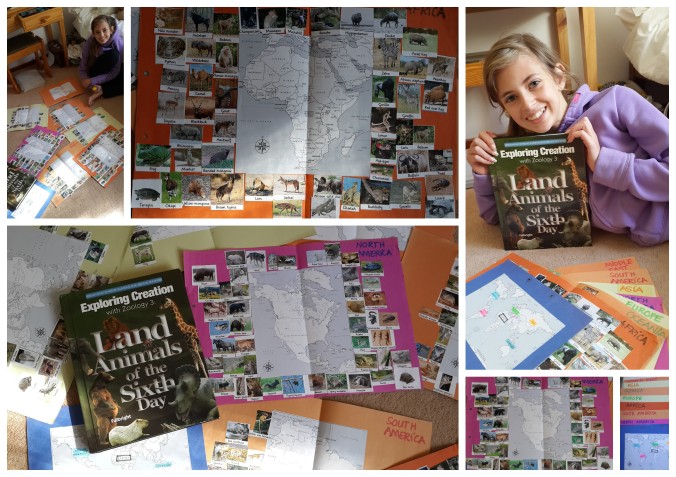
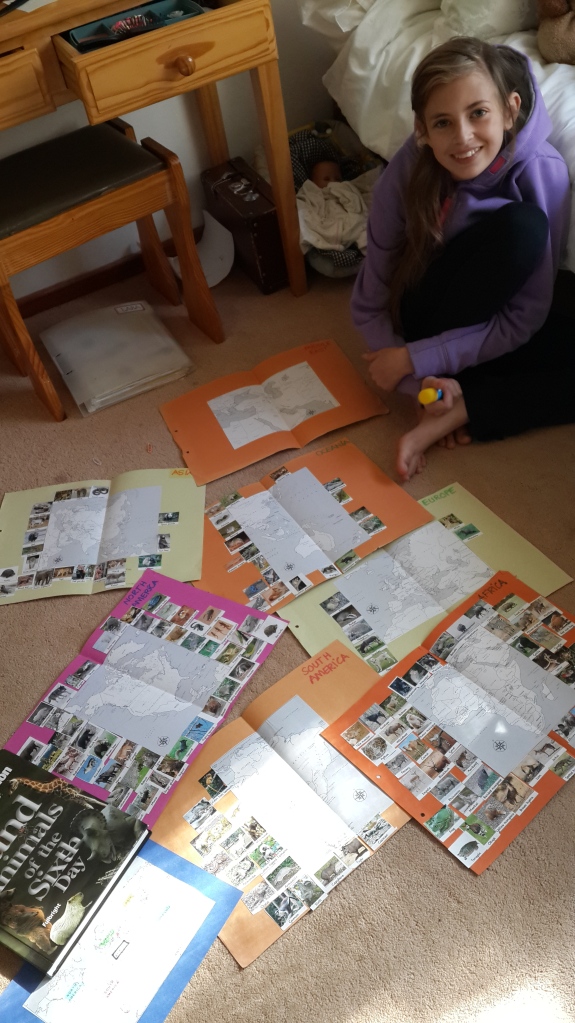
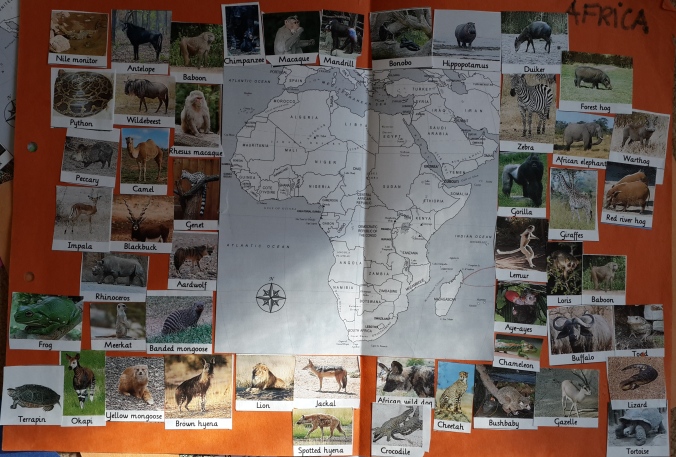
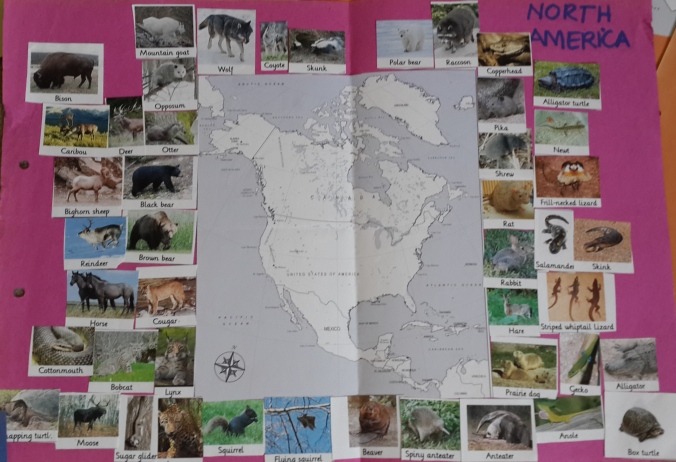

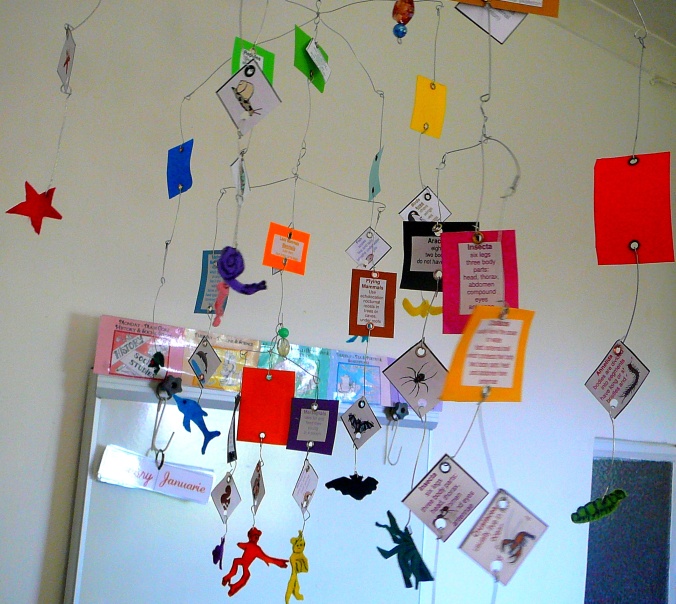

















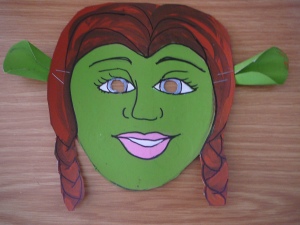



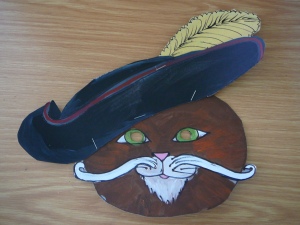










You must be logged in to post a comment.